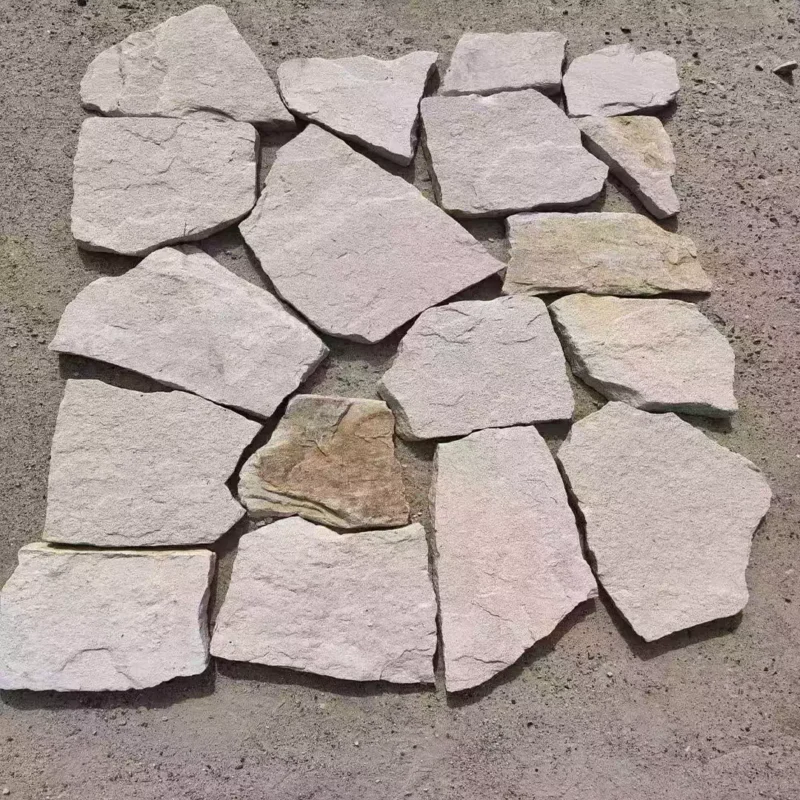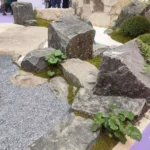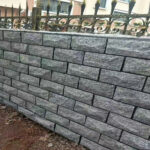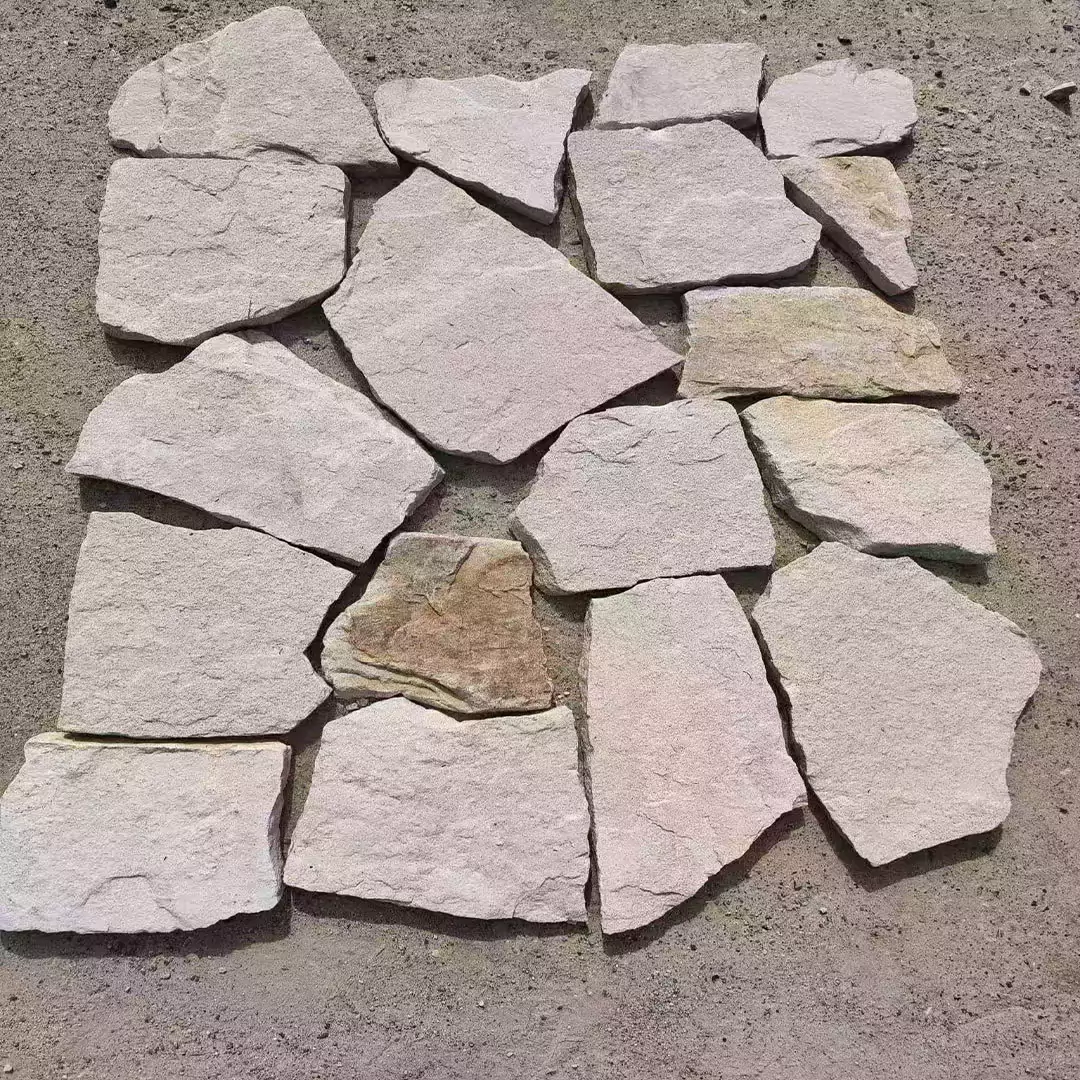When planning a construction or renovation project, choosing the right finishing materials can have a huge impact on the final look and feel of your space. One material that continues to gain popularity among architects and designers is culture stone — a versatile, durable, and visually striking choice for both interiors and exteriors.
In this article, we’ll walk you through key factors to consider when selecting culture stone for your project, so you can make the right decision with confidence.
1. Define the Application Area
Before selecting any material, ask yourself: Where will the stone be used?
Culture stone can be used in a variety of settings, such as:
- Exterior facades of buildings and homes
- Interior feature walls, fireplaces, and entryways
- Garden walls, fences, and other landscaping elements
- Commercial spaces, like lobbies, restaurants, or retail stores
Different areas require different performance characteristics. For example, outdoor applications need weather-resistant materials, while interior projects can focus more on visual style.

2. Consider the Style and Texture
Culture stone comes in many styles, patterns, and textures, from rugged natural looks to sleek, modern finishes. Some popular options include:
- Stacked stone – ideal for a contemporary, linear look
- Ledgestone – irregular shapes with rustic charm
- Fieldstone – large, rough-cut stones for a natural countryside feel
- Brick-style veneers – for urban and industrial themes
When choosing, think about how the texture and shape will complement the architecture and surrounding materials.
3. Choose the Right Color
Color plays a major role in the overall aesthetic. Lighter tones (beige, cream, light gray) can brighten up spaces and work well in modern minimalist designs. Darker tones (charcoal, rust, deep brown) add warmth and depth, perfect for cozy or traditional settings.
Tip: Try to view stone samples in natural lighting and, if possible, place them against the wall or area where they will be installed to see how they interact with other elements.
4. Think About Maintenance
One of the reasons culture stone is so popular is that it’s relatively low-maintenance, especially when compared to natural stone. However, it’s still important to:
- Use proper sealants if the stone is exposed to moisture or installed outdoors.
- Clean periodically with mild soap and water.
- Avoid harsh chemicals or pressure washing which could damage the finish.
If you’re using stone in a high-traffic or exposed area, opt for finishes that are more durable and easier to clean.
5. Ask About Customization
At Culture Stone, we understand that every project is unique. That’s why we offer custom options for size, color, and packaging. Whether you need matching corners, custom sizing, or special textures, our production team can tailor the product to suit your exact needs.
6. Don’t Forget Installation
Proper installation is crucial for both appearance and performance. Culture stone is generally lighter and easier to install than natural stone, which can reduce labor costs. We recommend working with an experienced contractor and following manufacturer guidelines to ensure a secure and lasting finish.
Conclusion
Culture stone is more than just a decorative finish — it’s a design element that can transform your space. By considering the application, style, color, and practical needs of your project, you can choose the perfect stone to bring your vision to life.
If you’re ready to explore our full collection of culture stone products or need guidance from our experts, contact us today. Let’s build something timeless together.







